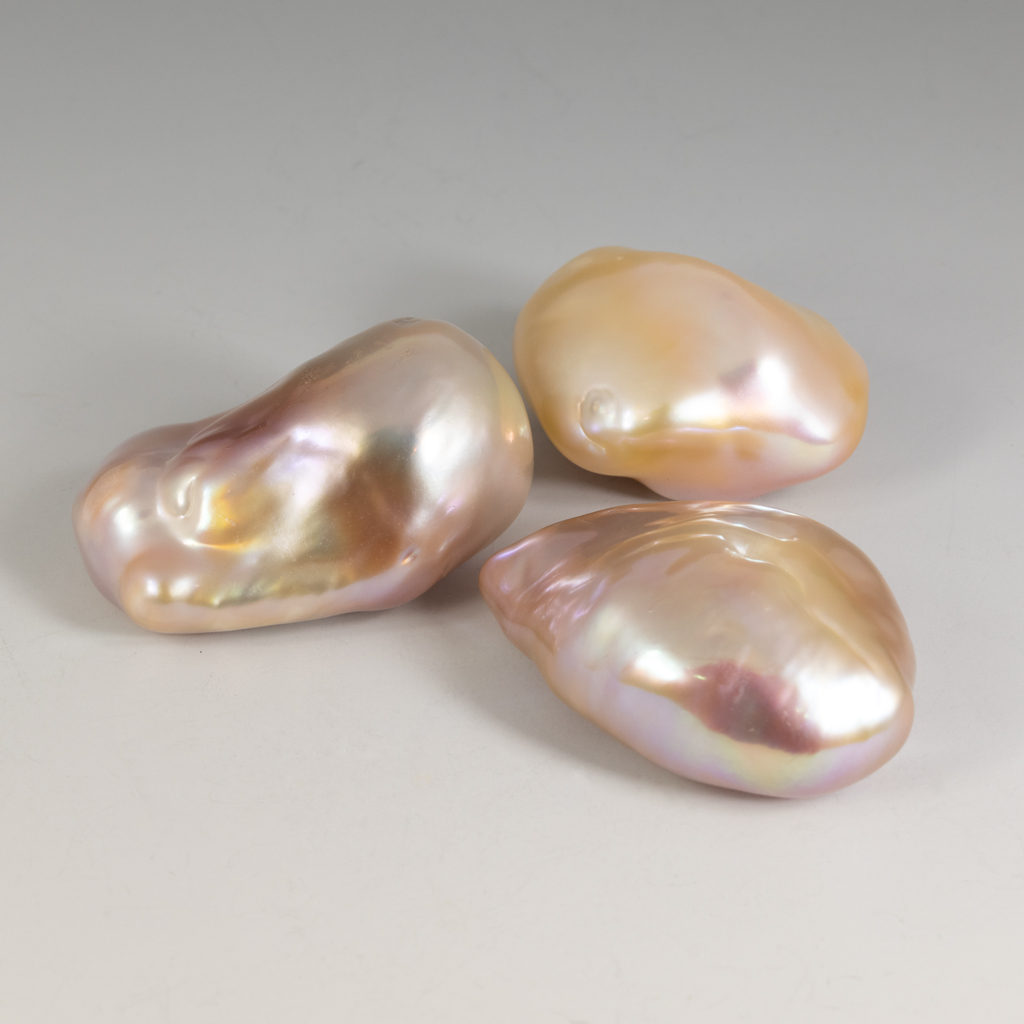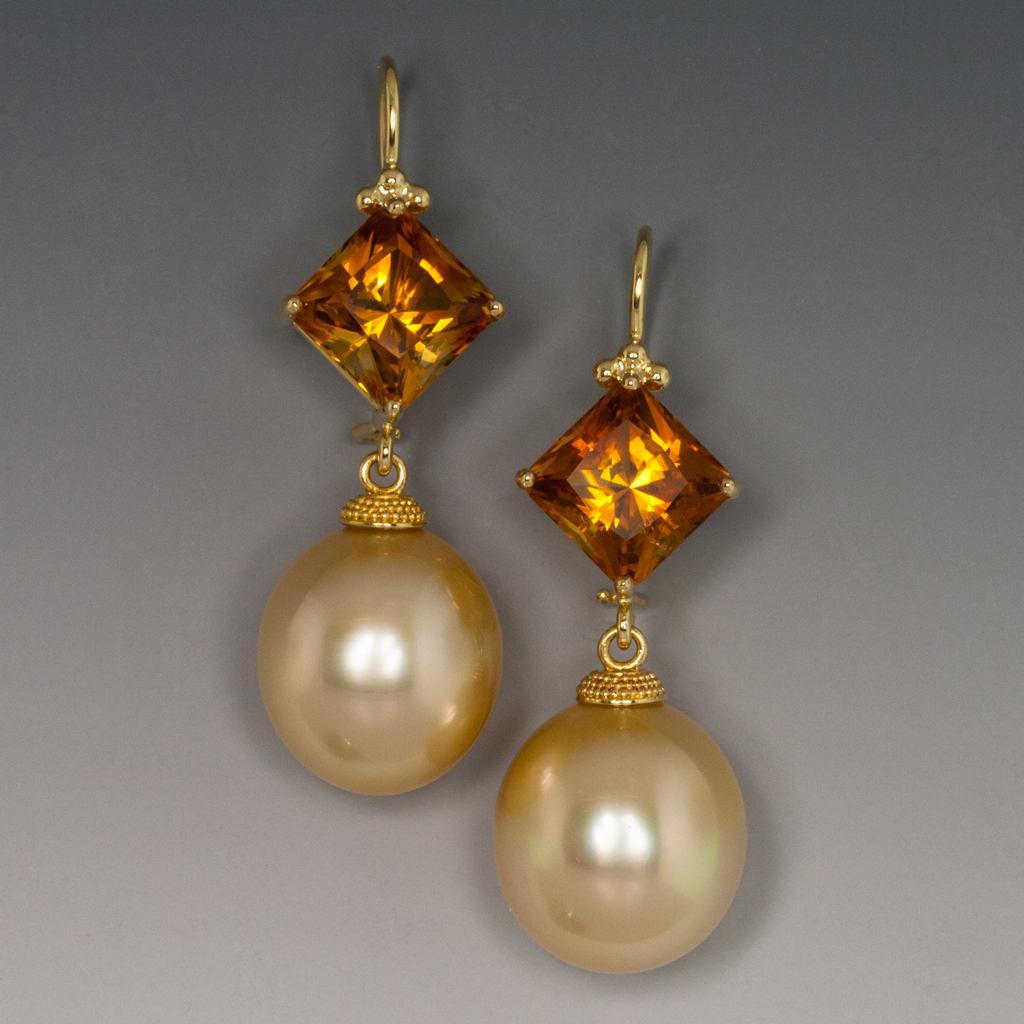
Pearl – a hard, glistening object produced within the soft tissue (the mantle) of a living shelled mollusk. Its hardness is only 2.5 – 4.5 on the Moh’s scale so we don’t recommend it for an everyday ring, but earrings, pendants, necklaces, and bracelets are just wonderful to wear.
Pearls come in a wide variety of shapes, sizes, and colors. They are irridescent and can be white, pink, silver, cream, brown, green, blue, black, yellow, orange, gold, and purple.
Freshwater pearls form in various species of freshwater mussels, which live in lakes, rivers, ponds, and other bodies of fresh water.
Saltwater pearls grow within pearl oysters, which live in oceans. Saltwater pearl oysters are usually cultivated in protected lagoons or volcanic atolls. These are called Akoya pearls.
Tahitian pearl (black pearl) is an organic gem formed from the black lip oyster, Pinctada margartifera. They are primarily cultivated around the islands of French Polynesia, around Tahiti.
South Sea Pearls are produced in the Philippines, Australia, and Indonesia. It’s the largest of all pearls and ranges in size from 9 – 20 mm. They can be cream, white, or golden, and they are harvested from the oyster pinktada maxima.





